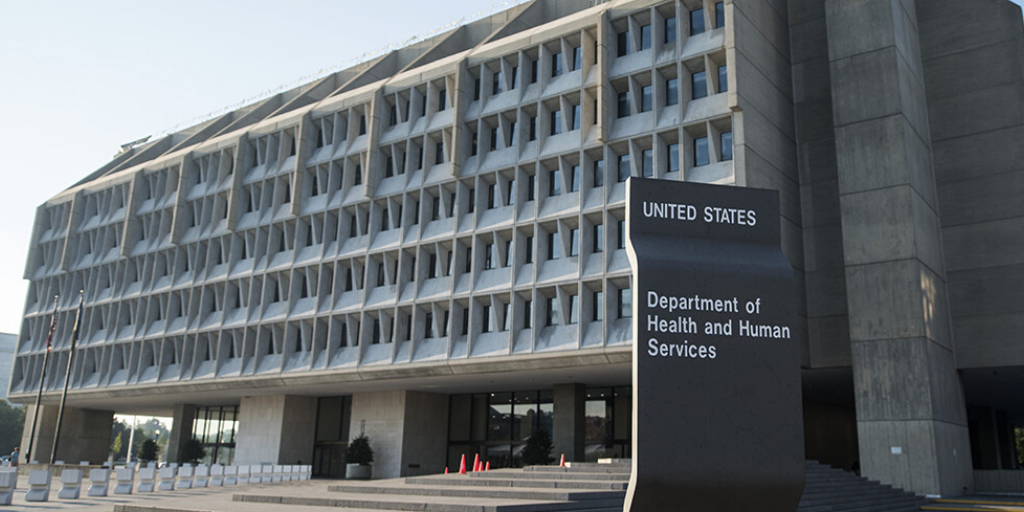HHS Secretary Becerra Marks ARP Anniversary in Conversation with Child Care Providers

On Friday, one year after the passage of the American Rescue Plan (ARP) Act, HHS Secretary Xavier Becerra convened a conversation with child care providers to celebrate the impact of ARP child care funding and highlight the need for additional investments to address underlying issues in the child care system that are failing children, families, and providers alike.
The pandemic pushed an already-struggling child care industry to the brink of collapse, as providers, who under normal circumstances operated on razor-thin margins, were forced to balance the health risks associated with remaining open, significant increases in overhead expenses, and declining revenue when enrollment or attendance declined. The ARP provided a total of $39 billion in child care relief funds: $14.99 billion in supplemental CCDBG funding to support child care assistance for working families, including essential workers who may not have qualified for federal child care benefits before the pandemic; and $23.98 billion for stabilization grants for child care providers to help maintain the pre-pandemic supply of child care. Today, over 150,000 child care providers have received these grants.
Secretary Becerra began by thanking providers nationwide for the service they provided to children and families throughout the pandemic and noting that President Biden has made it clear child care is a priority. The $39 billion in relief funding was essential to support caregivers and families, but the pandemic revealed gaps in the child care system that must be addressed comprehensively moving forward. As one mom summarized for the Secretary, “there is no winning in this system, only getting by.”
Katie Hamm, Deputy Assistant Secretary for Early Childhood, Administration for Children and Families, moderated a roundtable discussion with child care providers, who spoke about the difficulties they faced throughout the pandemic; the lifeline of receiving a stabilization grant; and the hope that additional support will be available going forward so they can continue to do the vital work they love.
Asked about remaining open to care for the children of essential workers at the onset of the pandemic, Sasha Shunk, a family child care provider in Portland, ME, spoke about the fear and difficulty in providing care and education services in the home where she lives. To serve these families, she received approval to increase her capacity from 12 to 14 and began to provide care for school-aged children while schools were closed. For over a year, she supported virtual learning for these students and her own children. These changes meant increased expenses for an additional teacher and supplies in excess of what families could afford to pay. She depleted her savings and worked 65-70 hours weeks with no additional compensation, but accepted this burden knowing she was a part of “the workforce that drives the workforce.”
Talking about the impact of receiving a stabilization grant, Dr. Kathleen Tostado Kenshur, a family child care provider and President of the California Family Child Care Network, said she had been in business for 40 years, but likely would not have remained open another year without the grant. She also spoke about the stress and struggle of caring for children and allowing essential workers to go to work, while becoming the sole source of income for her family when her husband lost his job after being hospitalized with COVID-19. While many other providers in her community were forced to close, the stabilization grant helped her to keep her doors open and to operate safely.
Carolina Reyes, Owner and Director of the Arco Iris Bilingual Children’s Center in Laurel, MD, explained that she received a stabilization grant when she needed it most and used the funds to help pay rent and salaries, which was critical to the survival of her business and her ability to provide diverse, bilingual education in a multicultural setting. She expressed gratitude that the government provided these relief funds but asked for continued support, saying “now is the time to make a difference for children and families and for the amazing, amazing providers and teachers who work in this field.”
Similarly, Paula Gorman, Director of Temple Beth Shalom Preschool in Santa Fe, NM, spoke about using the stabilization grant to hire passionate people, provide higher pay and bonuses, and offer training to staff. Operating in an 80-year-old facility, she explained that the grant also allowed her to conduct a ventilation study and install purification systems to ensure a safer learning environment. Most importantly, the grant allowed them to continue operating and to adopt a new communications system that helped keep parents informed and allowed them to be more engaged than they were before. She expressed hope that support for providers will continue.
Cassandra Brooks, owner and operator of Little Believers Academy in Clayton, NC, described how the stabilization grant allowed her to adopt a salary scale based on teachers’ education and experience and provide mental health workshops for staff. These investments in the workforce are critical, because she has to compete with businesses who are able to provide $24 an hour, and there is “no self-checkout” in child care. You cannot operate safely without sufficient staff or reduce staff to save money. As we move forward, she hopes for continued investments for providers to pour into children and families to maximize the benefit of early childhood education.
Secretary Becerra noted that while it can be hard to fathom the impact of a $39 billion investment, these testimonials show how, on an individual level, it kept doors open and helped families to survive. Investing in child care is an investment in humanity, in parents, and in the people who sacrifice to work in this profession.
Watch the event in full here.
Subscribe to FFYF First Look
Every morning, FFYF reports on the latest child care & early learning news from across the country. Subscribe and take 5 minutes to know what's happening in early childhood education.



